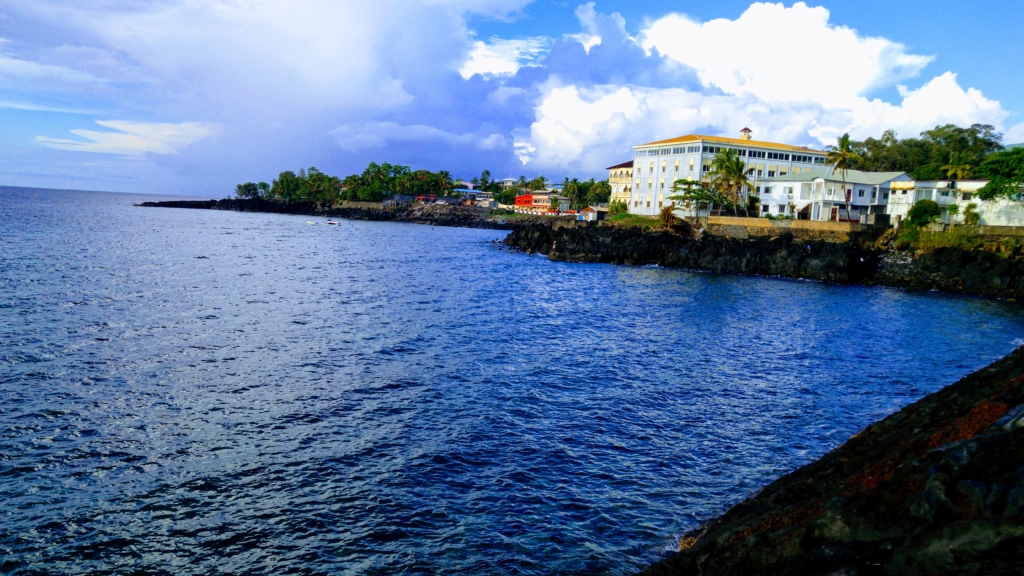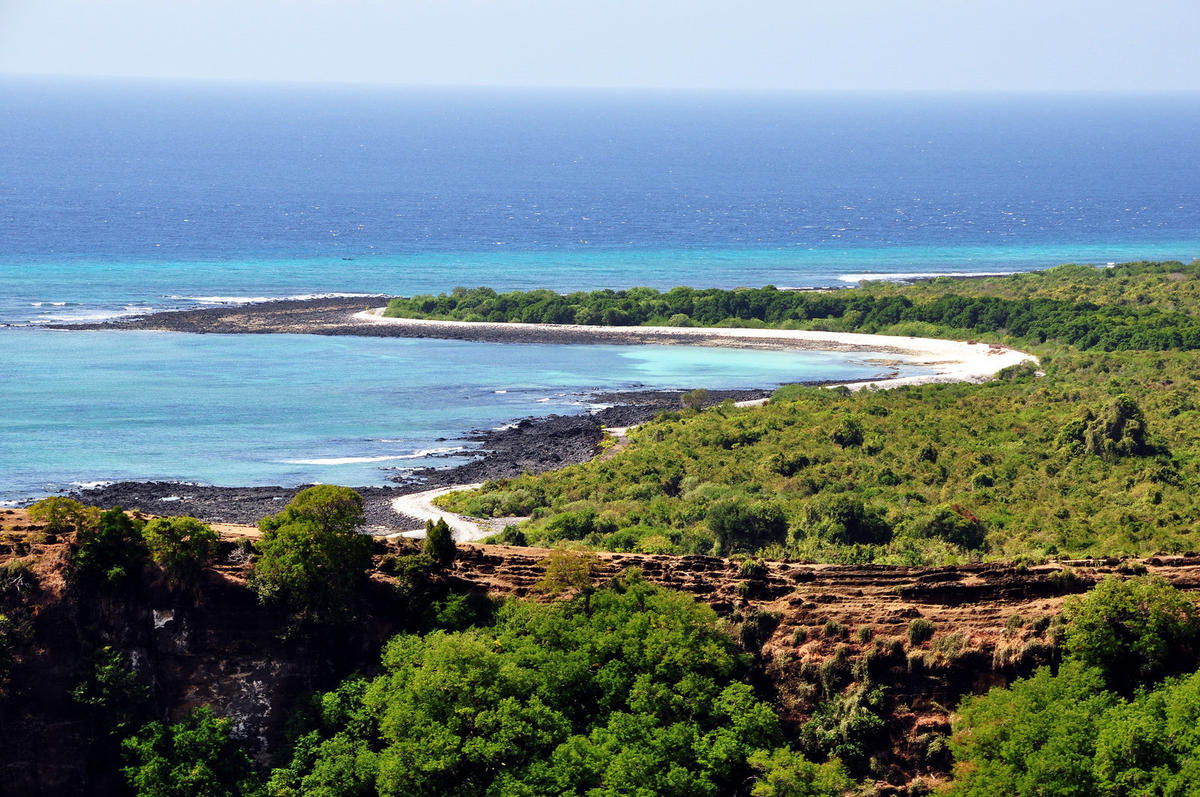The Comoros
The islands are among the few African nations that are affected by tourism. Therefore they are worth a visit!
The 2018 tourism highlights show that 63 million tourists (9% growth) visited the continent last year with a total turnover of 37 billion dollars (8% growth).
However, most tourists are limited to famous destinations such as Tunisia, which has seen a 23% increase in income, Morocco, Kenya, the Seychelles, Mauritius and the like.
You should definitely explore the quiet islands of the Union of Comoros with their historical sites. The report shows that only 28,000 international tourists visited the Comoros in 2017.

So why go there?
Islands of perfume”: the vegetation, made up of aromatic plants that give the air an intoxicating aroma of cloves, bergamot, jasmine, vanilla and lemongrass.
The water is warm and crystal clear and the beaches are deserted. This relatively unknown corner of paradise also has a rich fauna, which includes the Comorian falcon, turtles, dugongs and whales.
The great mosque, which recalls the Arab heritage of the islands, in the capital Moroni and the National Museum of the Comoros.
Nevertheless, according to the World Tourism Organization 2018, the Comoros will rank sixth in the top 10 countries with the highest tourism growth. The Moon Islands recorded growth of 28.2 percent compared to 2017. 36,000 tourists visited the Comoros in 2018.
The Comoros does not have luxury hotels like in the Seychelles, but several beaches with white sand, a turquoise sea and volcano that you can explore.

Discover the Comoros
It is difficult to date the arrival of the first inhabitants exactly, but it is likely that the population of African origin preceded the arrival of the Arabo Shiraz and Madagascan people. It is likely that the wave of African population from the east coast of Africa reached the Comoros in the Iron Age, between the 5th and 10th centuries. Unfortunately little is known about this period.
Were they the first? Were they preceded by protomalgae on their way to Madagascar? Or these commercial navigators of uncertain origin, later called Antalots? Nevertheless, the chronicle of Said Bakari, which describes the origin of the Sultanates of Grande Comore, suggests that the first settlers came from Africa. Kilwa’s chronicle traces the arrival of the first Arabo Shiraz in Anjouan in the 11th century (Kilwa was established as a sultanate in 975 by a Persian prince from Shiraz). Sea currents and monsoon regimes are also plausible passages from Southeast Asia in the distant past. Some very old elements of Comorian civilization probably come from this region, directly or indirectly (pendulum canoe, betel, coconut palm and perhaps rice). The century, when a new wave of Arabo Shiraz arrived in the Comoros (either directly from “Shiraz”, a term that actually refers to the Arabian-Persian Gulf, or from the east coast of the continent of Zanj or Mrima), changed the existing society fundamentally, with newcomers dominating the traditional leaders and/or joining them by marriage.
Written sources, handwritten in Arabic, Swahili or Comorian script, from which genealogies can be reconstructed, date from this period. At the same time, there are reports of European sailors: the Portuguese even settled in the Grande Comore from 1500 to 1505, which triggered an escape movement from the Grande Comore.
Recovery
The Comoros presents itself as wild islands, with a variety of accommodation ideal for individuals and families. Experience the highlights of the Comoros on our family and individual private holidays, which we organized for you. The comfort of the hotels and guesthouses meets European standards, the beautiful beaches invite you to a beach holiday at the Indian Ocean.
